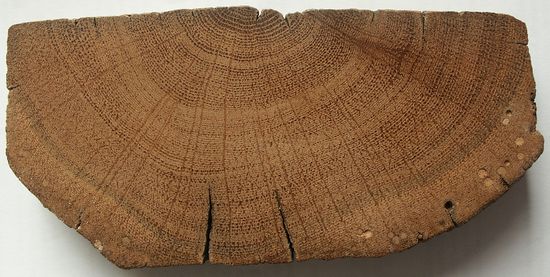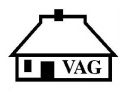Dendrochronology Database
Vernacular Architecture Group (VAG), 2000. (updated 2024) https://doi.org/10.5284/1116910. How to cite using this DOI
Data copyright © Vernacular Architecture Group (VAG) unless otherwise stated
This work is licensed under the ADS Terms of Use and Access.
Primary contact
Vernacular Architecture Group (VAG)
84 Derby Road
Spondon
Derbyshire
DE21 7LX
Resource identifiers
- ADS Collection: 282
- DOI:https://doi.org/10.5284/1116910
- How to cite using this DOI
Introduction
This resource provides the tree-ring dates for over 4700 buildings in the United Kingdom, ranging from cathedrals to cottages and barns. The database holds period, location and reference information for each record. Most of the dates have been obtained by standard (ring-width) dating, but some come from isotope dating and a few buildings have been dated by high precision radiocarbon techniques. Buildings for which dating was attempted but not successful are also included.
The database is compiled and maintained by the

Old School Cottage, Bayton, Worcestershire: Section of joist with 132 rings (in a distance of 8 cm), 1378-1509 (VA 27, p. 91).
Vernacular Architecture Group
The Vernacular Architecture Group was formed in 1952 to further the study of lesser traditional buildings. The Group has over 600 members, including some 50 overseas members, and a number of affiliated groups and exchanging societies. Membership is open to anyone interested in vernacular architecture. Members are involved in all aspects of the recording and study of vernacular buildings including detailed local or regional surveys, studies of particular types of buildings, building materials and techniques, documentary evidence and principles of development.
Other VAG collections include:





